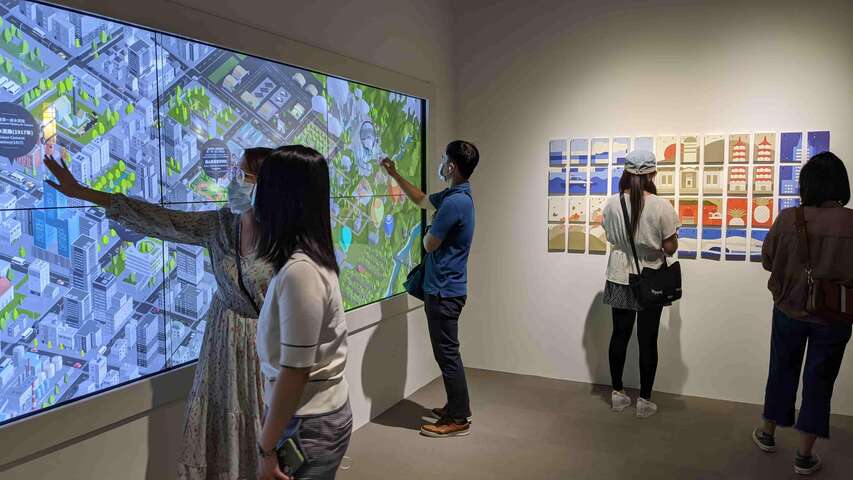Kaohsiung Museum of History Introduction
Kaohsiung Museum of History is located on Zhongzheng Fourth Road by the Love River in Yancheng District. Originally the site of the Kaohsiung City Government, it was relocated in 1992 (the 81st year of the Republic of China). Given its role in municipal governance for over fifty years, this site bears witness to the city's development and the lives of its citizens. It also served as a historical site during the February 28 Incident. Both the architectural exterior and its implications reflect Kaohsiung's glory, scars, and history. Therefore, the city government transformed this historical site into a museum, making it the first history museum in Taiwan operated by a local government. The museum records the arduous journey of pioneers who toiled to develop the mountains and forests. Through the precious artifacts displayed and various research and promotion activities, it aims to help more people understand the trajectory of Kaohsiung's development. The building's exterior features a light green military color scheme, with a symmetrical tower-like shape comprising a central main tower flanked by two side towers. The design along the central axis conveys a solemn and grand atmosphere. The top is crowned with traditional Japanese four-cornered spires and glazed tiles. The main building was designated as a municipal historic site by the Kaohsiung City Government in 2004 (the 93rd year of the Republic of China), becoming an exemplary model of repurposing cultural heritage for museum use. Having once played the role of a municipal navigator, it carries the living impressions and historical traces of the people of Kaohsiung. Its transformation signifies the changes and growth in the city's history. The Kaohsiung Museum of History aims to preserve and promote the historical culture of the Kaohsiung area and to enrich the quality of life for citizens. Its operational management includes professional departments for exhibitions, promotions, and collections, engaging in the preservation and transmission of history, culture, and arts related to Kaohsiung and Taiwan. It currently houses over 8,000 artifacts and countless exhibitions, making it a window for the public to understand Kaohsiung's culture, a premier educational and research center, and a knowledge treasure trove for those studying the history of Kaohsiung. The museum hopes to become an important venue for outdoor local education for schools and an intellectually stimulating tourist attraction for both domestic and international visitors. It aims to integrate the museum into the city's tourism, making museum visits a frequent, high-end, yet affordable daily leisure activity.



































